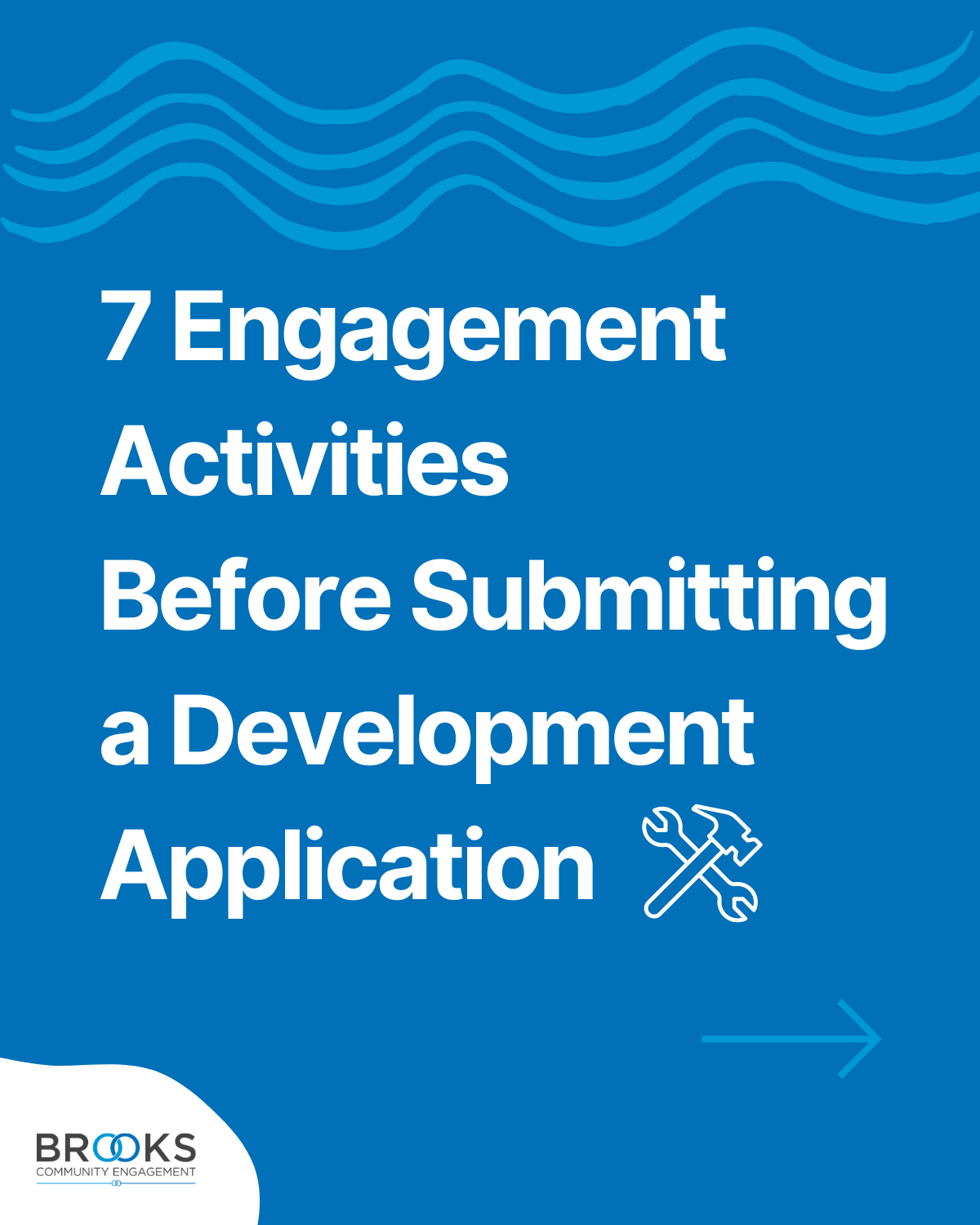Enhancing Development Success Through Proactive Community Engagement: 7 Best Practices
The Importance of Community Engagement in the Development Application Process
At BROOKS Community Engagement, we understand the crucial role of effective community engagement in the success of any development project. Prior to submitting a Development Application (DA), engaging with the community is not just a formality but a vital step in ensuring the project aligns with community needs and expectations. Without this, your DA runs the risk of being rejected on the grounds of community opposition, or not being in the ‘public interest’.
Here, we explore seven best practices for community engagement that can significantly enhance the development process.
Create a Comprehensive Community Engagement Plan
A well-structured Community Engagement Plan is the cornerstone of successful engagement. This plan should outline the objectives, strategies, stakeholder identification, timelines, and communication methods. Tailoring this plan to the specific context of the development ensures all relevant parties are included and the engagement process is transparent and goal-oriented.
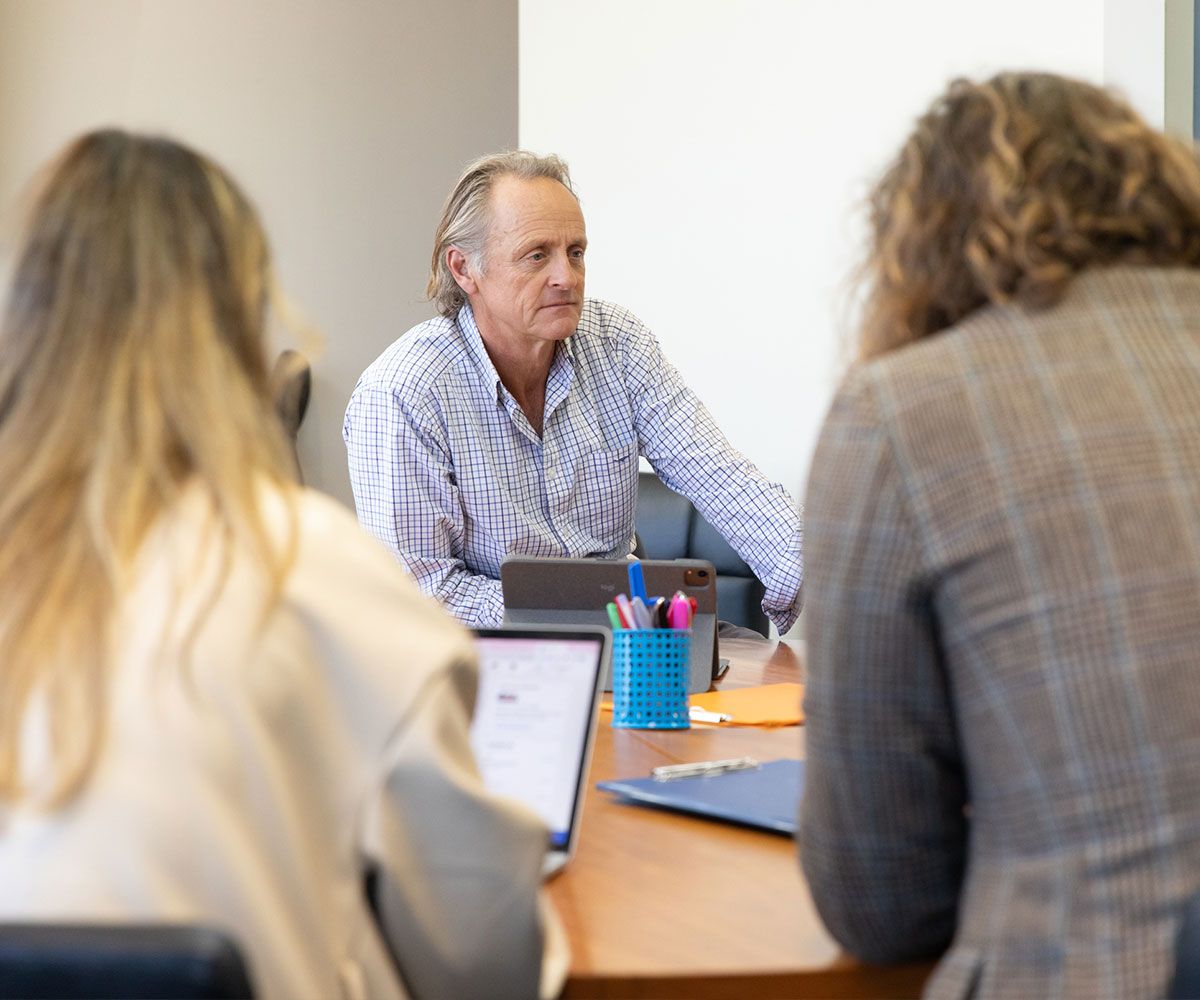
BROOKS Team Meeting to design and draft a Comprehensive Community Engagement Plan.
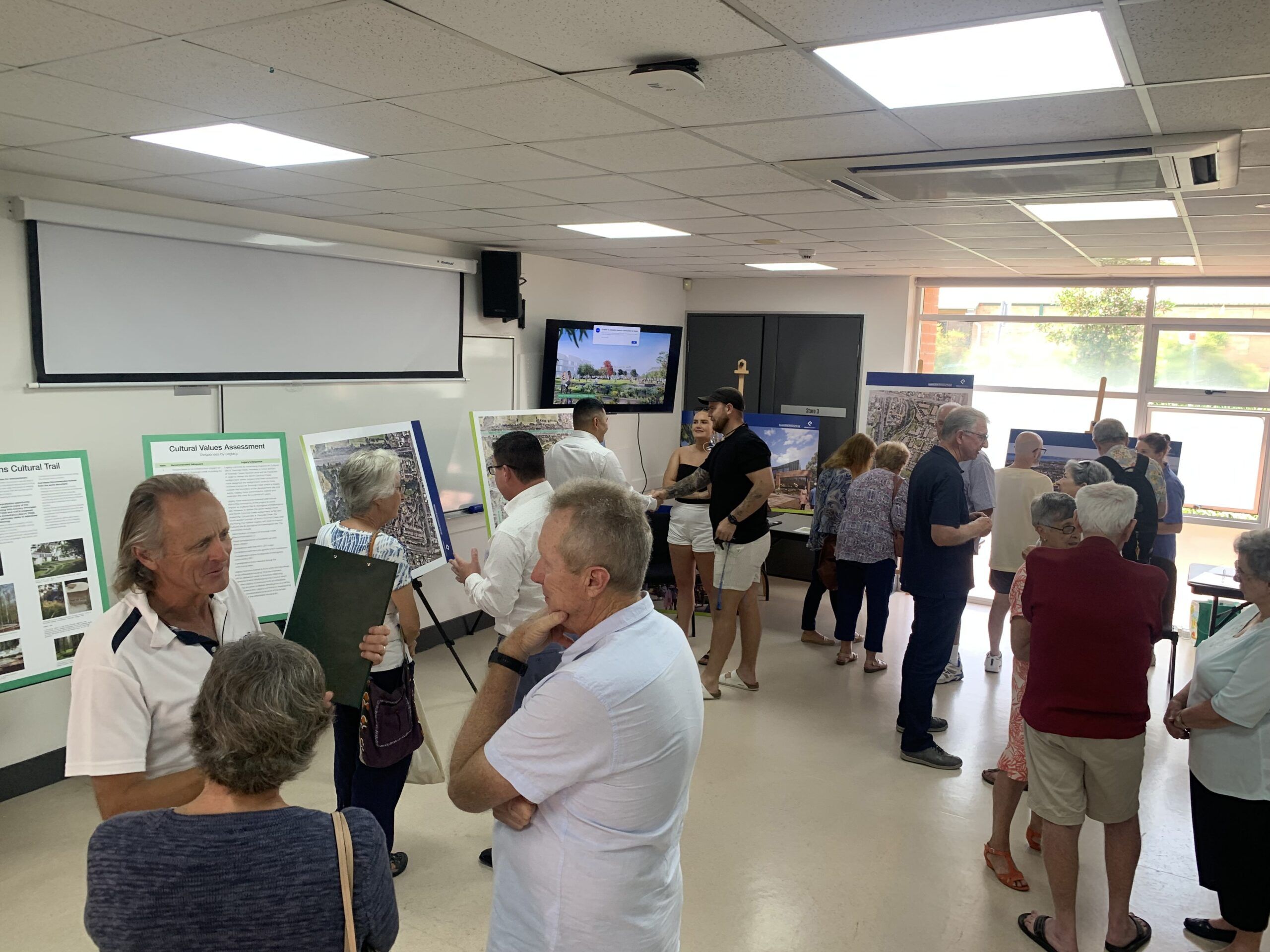
BROOKS Senior Engagement Facilitator, Lance Brooks, answering community questions at the Corrimal Coke Works Drop-In Information Session.
Host Drop-In Information Sessions
Hosting drop-in information sessions provides an informal yet informative platform for community members to learn about the development. These sessions encourage open dialogue and allow community members to ask questions and express concerns in a relaxed setting. It’s an opportunity to present project details, gather feedback, and build trust within the community.
Conduct Stakeholder Consultations
Personalised consultations with key stakeholders, such as local business owners, resident groups, and local authorities, are essential. These interactions allow for a deeper understanding of individual concerns and expectations. It’s an effective way to address specific issues and demonstrate a commitment to considering diverse viewpoints.
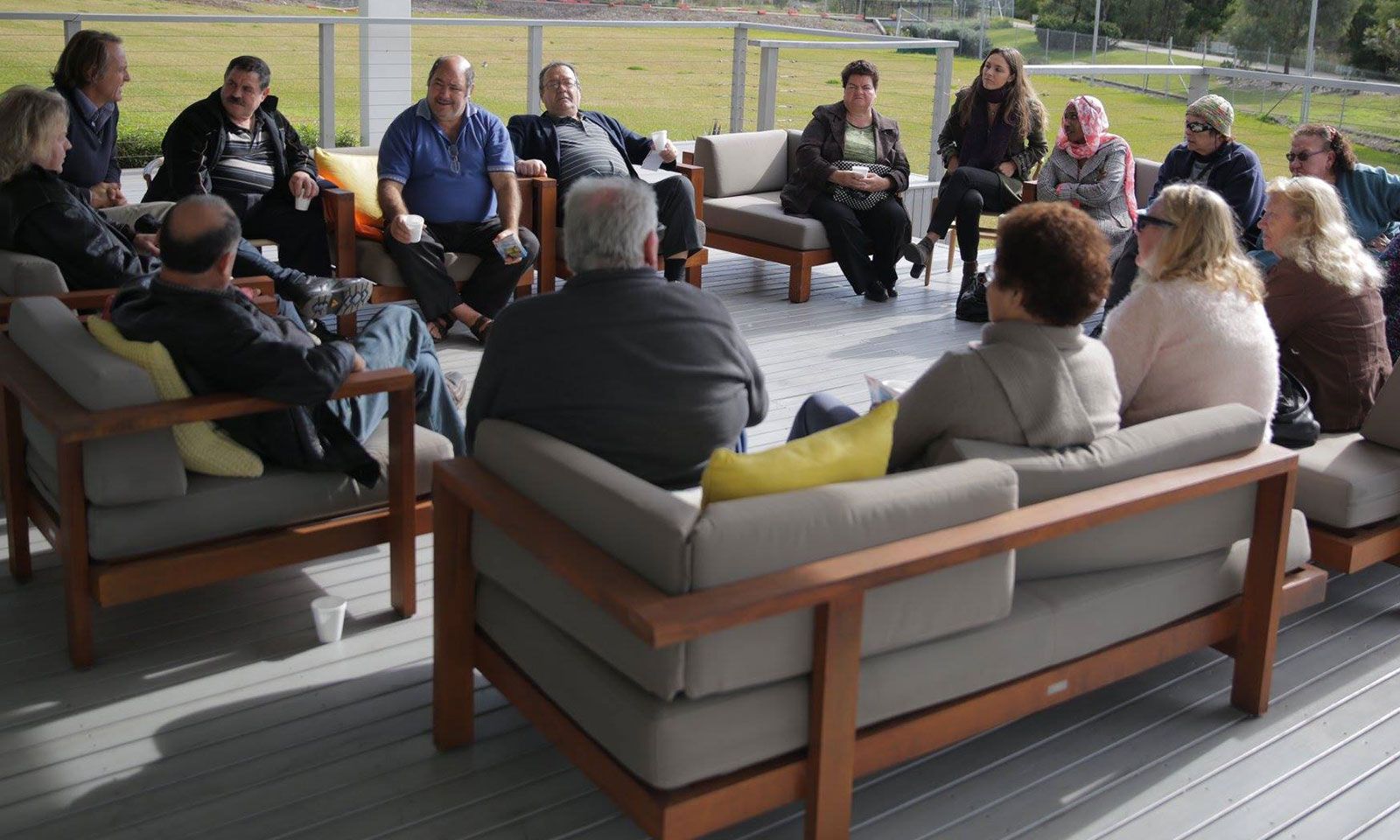
Community Meeting during the Riverwood North Urban Renewal.

Community Engagement Officer at the Shellharbour Rock Festival facilitating an Ideas Wall to gather community feedback.
Develop a list of Community FAQs
Developing a Frequently Asked Questions (FAQ) document is an excellent way to address common concerns and queries about the development. This document should be easily accessible, possibly through the project website or as a handout during community meetings. Regularly updating the FAQ as the project evolves ensures ongoing clarity and transparency.
Create and Distribute a Notification Letter to Affected Stakeholders
A notification letter is a direct and formal way to inform nearby residents and businesses about the proposed development. This letter should clearly outline the project, its potential impacts, and how the community can get involved in the engagement process. Providing contact details for further inquiries demonstrates openness and accessibility.

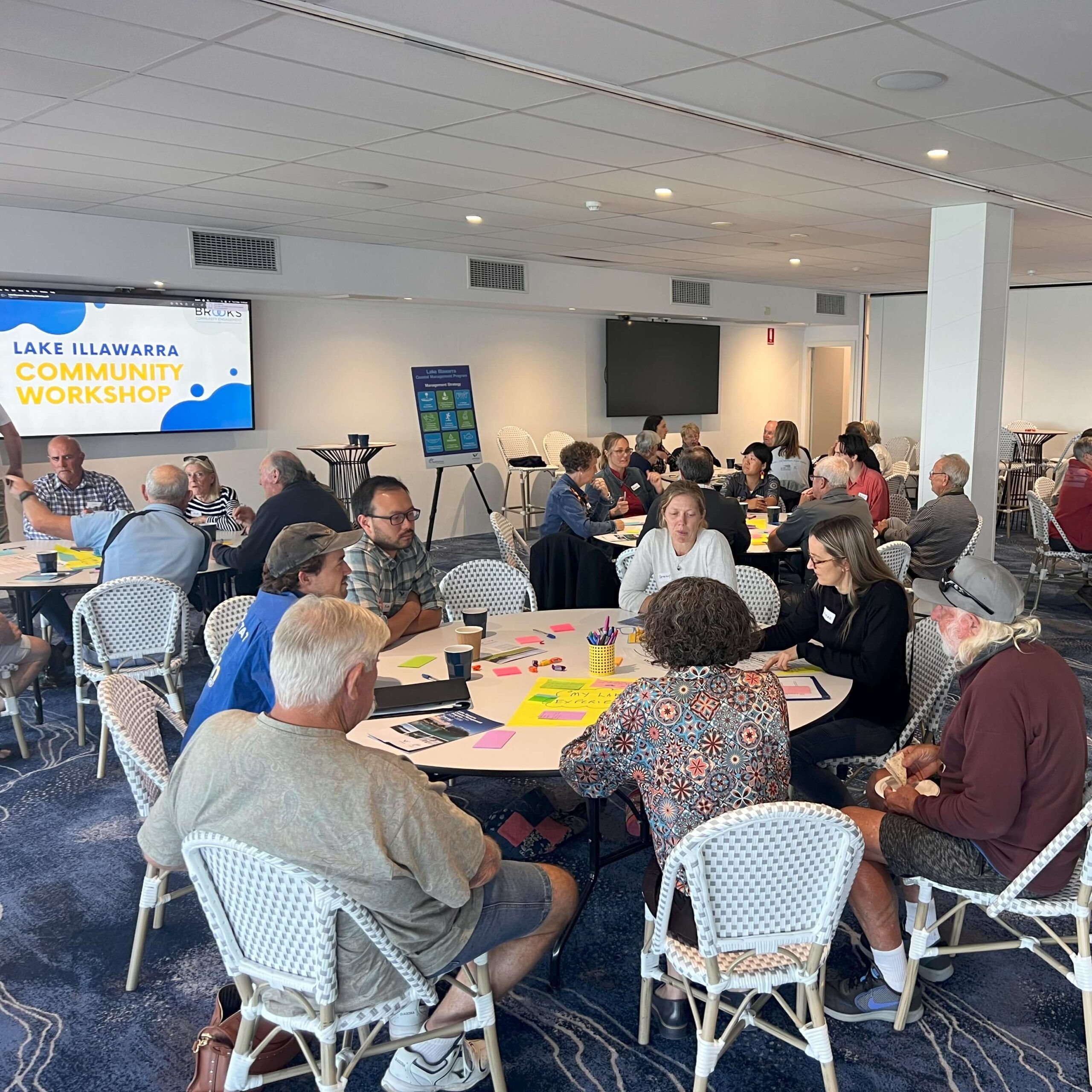
Lake Illawarra Community Workshop brings community together to collaborate on the Lake Illawarra Community Engagement and Participation Strategy.
Host a Community Workshop
Organising workshops with community members fosters collaborative dialogue and brainstorming. These sessions can be used to gather detailed feedback, co-create solutions, and discuss the project’s broader implications on the community. Workshops are particularly useful in identifying and addressing complex issues that require collective problem-solving.
Ongoing Communications
Maintaining ongoing communication throughout the engagement process is vital. Regular updates about the project’s progress, how community feedback is being incorporated, and any changes to plans keep the community informed and involved. This can be achieved through various channels, including newsletters, social media, and community meetings.
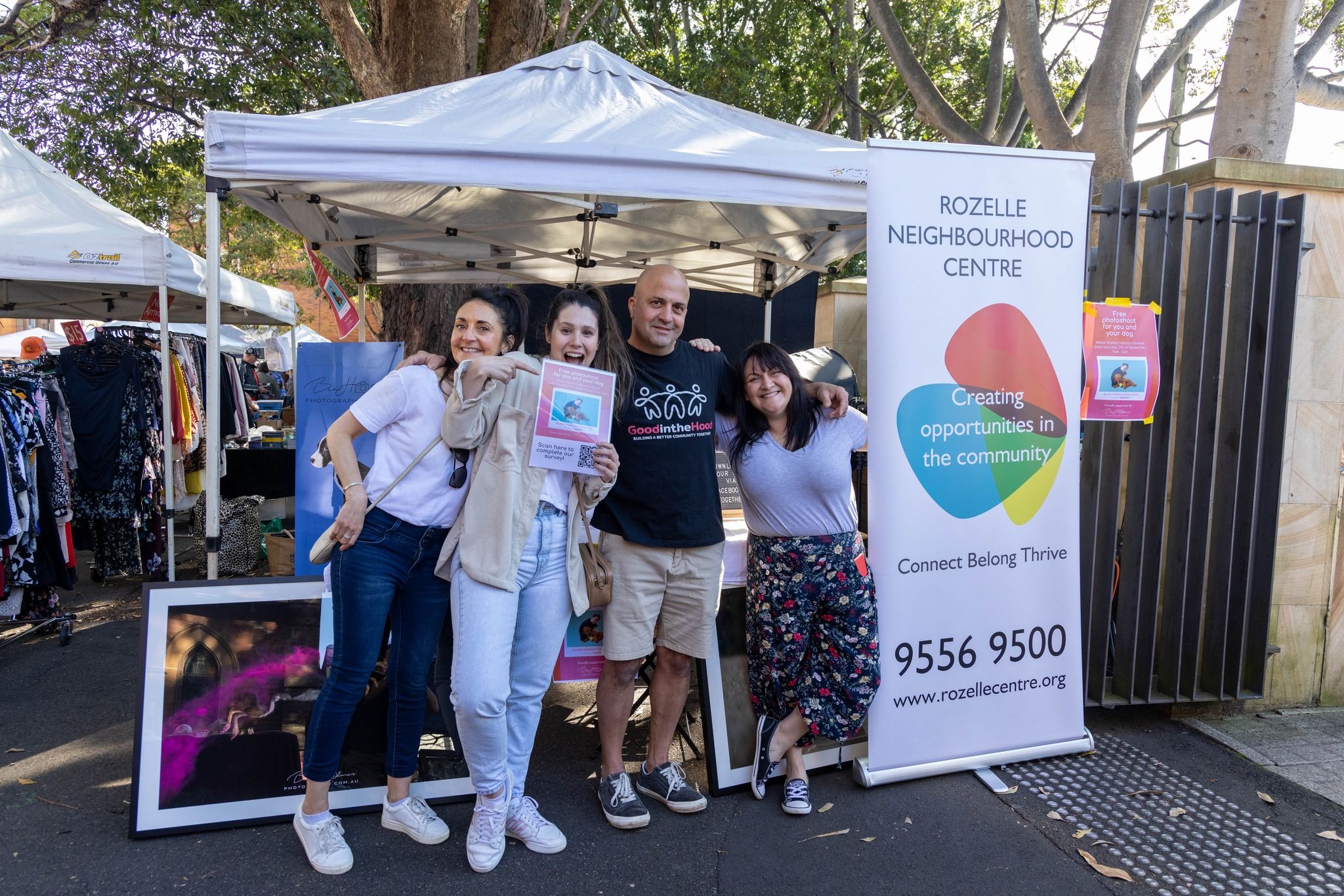
Stakeholder Survey Conducted at Rozelle Markets by BROOKS Engagement Facilitators
Implementing these seven best practices in community engagement can significantly improve the outcome of a Development Application process. At BROOKS Community Engagement, we are committed to facilitating meaningful and effective engagement that respects and incorporates the voices of the community. By doing so, we not only adhere to the principles of IAP2, but also contribute to the development of projects that truly reflect the needs and aspirations of the communities they serve.
For more insights into effective community engagement strategies or to discuss your specific project needs, contact us at BROOKS Community Engagement. Let’s work together to create positive and sustainable community impacts.

